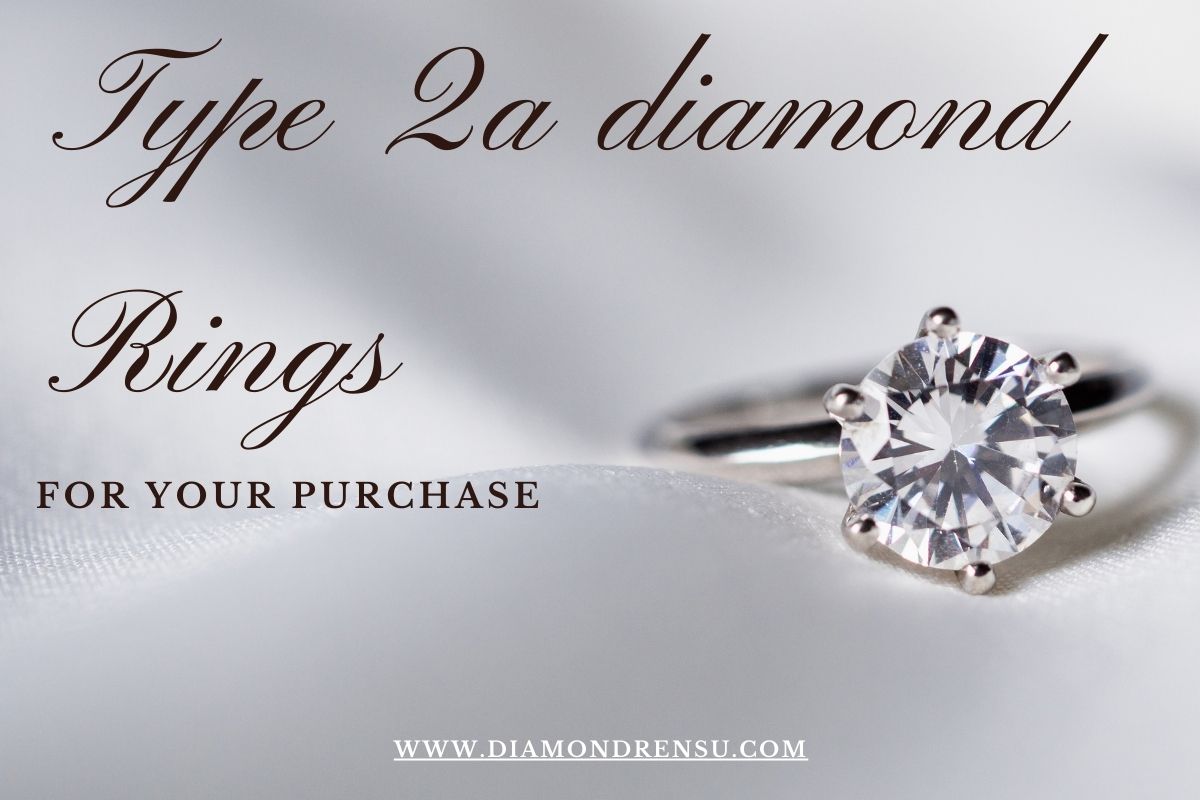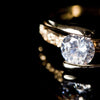
What is a Type 2a Diamond: Unveiling the Purest Diamonds on Earth
In the world of gemstones, diamonds are celebrated for their brilliance and durability. Within the diverse diamond family, Type 2a diamonds stand out as the purest form due to their composition.
These diamonds lack nitrogen impurities, which are present in most other diamonds, making them exceptionally rare and valuable. Their purity not only enhances their clarity but also makes them a prime choice for high-tech applications, such as in the use of infrared optical elements.
I understand that Type 2a diamonds are particularly prized for their ability to conduct heat, making them ideal for certain scientific applications.
Table Of Contents
- Understanding Diamond Types
- Characteristics of Type 2a Diamonds
- Formation and Extraction
- Evaluation and Grading
- Comparison with Other Diamond Types
- Market Value and Demand
- Notable Type 2a Diamonds
- Technical Applications
- Advances in Synthetic Diamonds
- Identifying Type 2a Diamonds
- Historical Significance
- Care and Maintenance
- Future Prospects
- Frequently Asked Questions
They display remarkable thermal conductivity, as seen in studies where metal-diamond interfaces are subjected to high pressure. This rarefied category includes less than 2% of all gem diamonds, which correlates to their exceptional transparency and potential for large sizes.
In addition to their industrial uses, the scarcity and purity of Type 2a diamonds enhance their allure in jewelry markets.
They are often found at the heart of the most exquisite pieces, lauded for their unmatched transparency and potential to pass light flawlessly.
My knowledge of gemstones confirms that their status as the pinnacle of diamond quality is unchallenged, embodying an unparalleled degree of luxury and desirability among connoisseurs and collectors alike.
Understanding Diamond Types
When I explore the realm of diamonds, I focus on the distinguishing features defined by their chemical properties.
My discussion centers on how these properties categorize diamonds into different types.
Basic Classification
Diamonds, as fascinating manifestations of carbon, exhibit remarkable variety.
They are principally categorized by the presence or absence of nitrogen atoms within their crystal structure, which directly influences their optical characteristics. Type I diamonds contain nitrogen, while Type II diamonds do not. As an expert, I acknowledge the importance of this clear division in studying diamonds.
Type I vs Type II Diamonds
Type I Diamonds
Within Type I, further subdivisions exist:
- Type Ia: These diamonds, the most common in nature, have their nitrogen atoms grouped in clusters, contributing to their absorbing blue light and often exhibiting a yellow hue.
- Type Ib: Comparatively rare, Type Ib diamonds hold dispersed nitrogen atoms, which impart a deeper color, typically vibrant yellows or oranges.
Type II Diamonds
The absence of nitrogen grants Type II diamonds exceptional purity and often a colorless appearance.
- Type IIa: Representing only 1-2% of all natural diamonds, Type IIa diamonds stand apart for having little to no nitrogen, and occasionally, they display a rare pink hue. Their purity often renders them as colorless, and they are highly valued for this quality.
- Type IIb: These are even rarer, with trace amounts of boron that not only make the diamond semi-conductive but also lend a distinctive blue color, as seen in famed diamonds like the Hope Diamond.
Characteristics of Type 2a Diamonds

Type 2a diamonds are renowned for their exceptional purity and lack of color, which is a result of their unique composition.
These diamonds are considered the purest among all other types, as they lack significant impurities that affect color and thermal properties.
Purity and Composition
Type 2a diamonds stand out due to their high purity.
They contain the fewest chemical impurities of any diamond type, which is attributed to the minimal presence of nitrogen or boron within their structure. The absence of these elements means that carbon atoms are almost the only constituents of the crystal lattice, resulting in a nearly pure carbon composition.
Color and Appearance
Typically, Type 2a diamonds are colorless, putting them at the pinnacle of the diamond color scale. However, some of these diamonds can exhibit faint hues such as light yellow, light brown, light pink, light blue, or light gray. The subtle coloring is due to minute concentrations of elements or structural anomalies within the diamond, not substantial enough to classify them outside of the Type 2a category.
Physical and Thermal Properties
The atomic structure of Type 2a diamonds grants them extraordinary physical properties. They possess the highest thermal conductivity of any diamond type, making them valuable for various industrial applications.
The robust lattice also contributes to an impressive hardness, another reason why these diamonds are sought after for both jewelry and industry.
The purity of Type 2a diamonds is not just a marker of quality but also a defining feature that influences their physical and thermal behavior.
Formation and Extraction
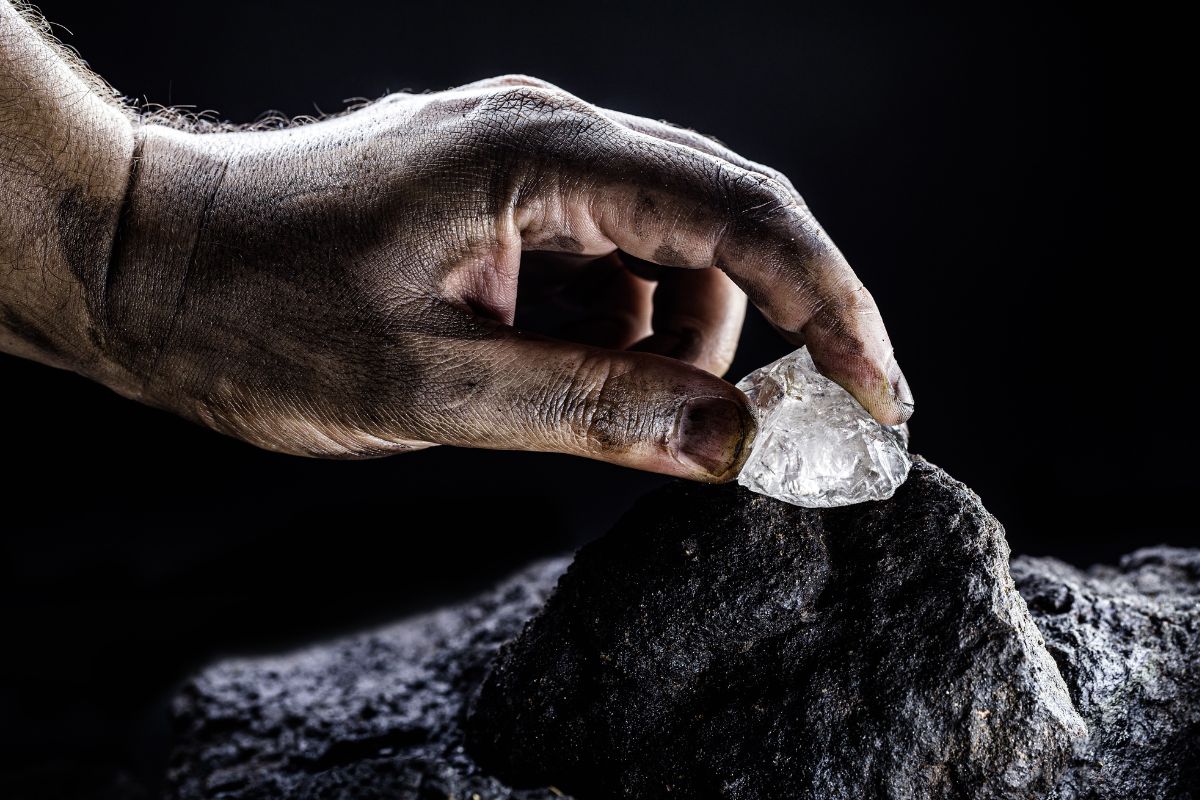
Type 2a diamonds are some of the purest forms of natural diamonds found on Earth, distinguished by their lack of nitrogen impurities.
My focus here is on how these diamonds form naturally and where they are typically extracted.
Natural Origin
Type 2a diamonds crystallize deep within the Earth's mantle under extreme temperature and pressure conditions, making them exceptionally hard and often colorless.
Their distinct composition means that they can accumulate fairly large sizes compared to other diamond types. Renowned examples include the Cullinan and Koh-i-Noor diamonds, which are among the largest cut diamonds in the world.
Mining Locations
Type 2a diamonds are mined in various locations known for high-quality diamond production.
South Africa is particularly noteworthy, as two of the most famous Type 2a diamonds, the Cullinan and the Lesedi La Rona, were both discovered there. These significant finds underscore the region's role as a prolific source of astonishingly pure natural diamonds.
Evaluation and Grading
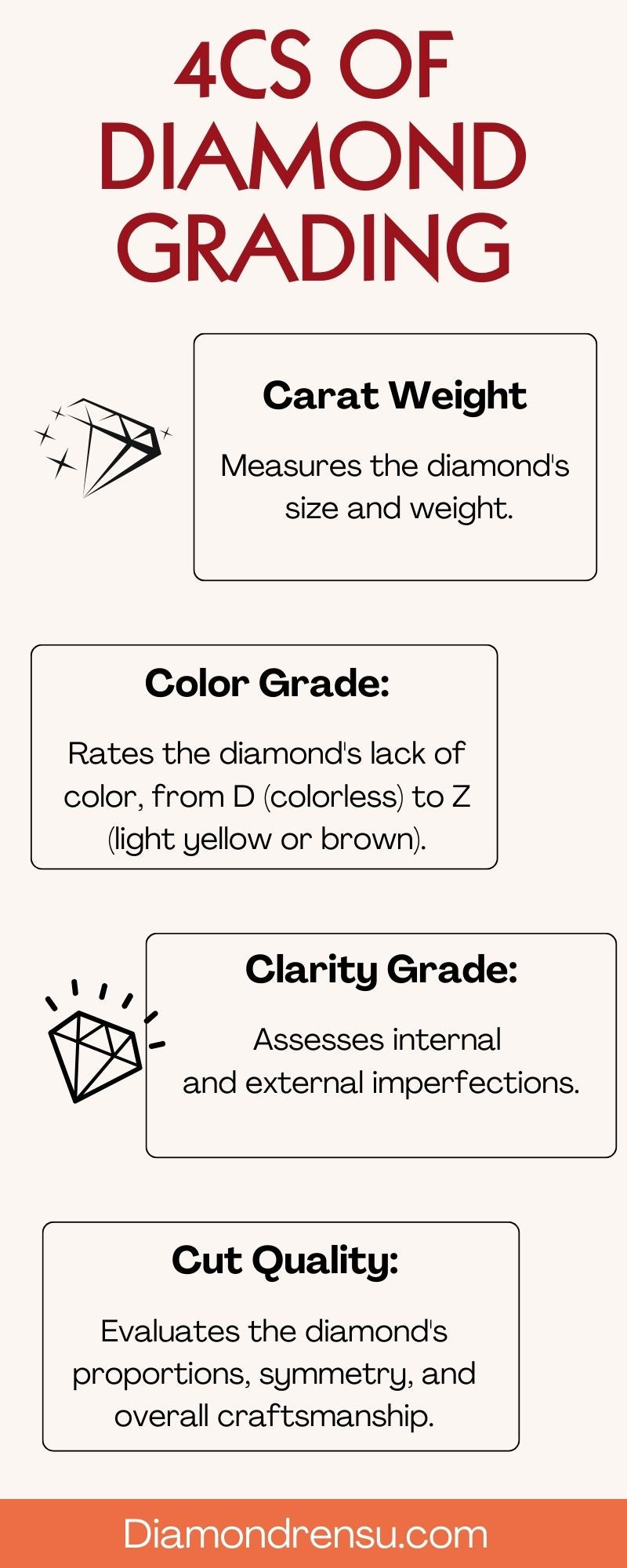
When I evaluate and grade a Type 2a diamond, my focus is on its unparalleled purity and exceptional quality. These diamonds are chemically the purest, often grading as colorless or near colorless, and command a distinct position in gemological assessment and formal grading systems.
Gemological Assessment
In my role as a gemologist, I pay close attention to each of the 4Cs - Color, Clarity, Cut, and Carat - with a meticulous eye.
Type 2a diamonds are renowned for their lack of nitrogen, which often results in a D or F color classification, placing them at the highest range of diamond color grades. Clarity is carefully analyzed under 10x magnification to reveal any inclusions that are inherent to the stone. The cut of the diamond is evaluated for its precision, as it influences the diamond’s brilliance and fire. Carat weight is measured to an exacting standard, as it directly impacts the diamond's value.
Grading Systems and Reports
Various gemological laboratories issue diamond grading reports, but the one from the Gemological Institute of America (GIA) is the most revered.
In my assessments, a GIA grading report is instrumental; it provides a credible and precise classification for Type 2a diamonds. The report contains a thorough analysis of the diamond's 4Cs and can include additional details like fluorescence.
My grading approach applies systematic criteria to ensure that each Type 2a diamond's exceptional characteristics are captured accurately.
Comparison with Other Diamond Types
When examining Type 2a diamonds, it's imperative to understand how they stand distinct in terms of impurities and color relative to other diamond types. This differentiation is primarily due to their unique structure and composition.
Differences in Impurities
Type 2a diamonds are famously valued for their purity, as they contain either very few or no nitrogen atoms, which are common impurities in other diamonds. To provide context, diamonds such as Type Ia have a significant presence of nitrogen atoms, which can aggregate in clusters.
These clusters affect the optical properties of the diamond, often giving it a yellowish hue. In contrast, Type II diamonds, and particularly Type 2a, are devoid of these nitrogen clusters.
This absence of nitrogen impurities allows them to be exceptionally transparent and colorless, a desired quality in diamonds.
A study on the mechanical properties of different types of diamond indicates how synthetic diamond of Type IIa demonstrates differences in properties when compared to other synthetic diamonds due to varying impurity contents.
Color Variations
Speaking of color, Type 2a diamonds can exhibit a range of colors despite their inherent purity. They typically lack nitrogen, but trace elements like boron can introduce color variations.
The presence of boron impurities can impart a blue tint to the diamond, a characteristic unique to Type IIb diamonds. Comparison with Type Ia colored diamonds, such as pink diamonds, is intriguing. Type 1a diamonds may show pronounced color banding, whereas Type 2a diamonds are often uniformly colored.
Detailed spectroscopic analysis has mapped out these differences, especially in natural pink diamonds, emphasizing the homogeneity in Type 2a stones.
Further, due to the absence of lattice defects, which are common in other types such as Type Ia and synthetic diamonds, Type 2a diamonds tend to be more structurally perfect. This perfection allows for greater light transmission, enhancing their brilliance compared to their Type I counterparts.
The unique structural integrity of the Type 2a diamonds not only influences their color and clarity but also contributes to their ranking as a superior diamond type, particularly within the context of natural stones.
Market Value and Demand
When I consider the market value and demand for Type 2a diamonds, I focus on their exceptional characteristics, which primarily drive their high value and strong demand.
Rarity and Exclusivity
Type 2a diamonds are known for their exceptional purity and chemical composition, which make them extremely rare. Representing merely 1-2% of all diamonds mined, these gems stand apart due to their lack of nitrogen impurities.
This rarity significantly contributes to their market value, as scarcity tends to heighten desirability among collectors and connoisseurs.
Pricing Factors
The pricing of Type 2a diamonds is influenced by various factors, including their classification and inclusions, or rather, the lack thereof.
Their crystalline structure reflects light uniquely, making them highly sought after for their aesthetic qualities. The value of these diamonds escalates with both size and clarity, while the absence of color or presence of rare natural colors can command even higher prices on the market.
Notable Type 2a Diamonds
| Name | Description |
|---|---|
| The Cullinan Diamond | The largest gem-quality rough diamond ever found, producing several large polished diamonds, including the Great Star of Africa and the Lesser Star of Africa, which are part of the British Crown Jewels. |
| The Koh-i-Noor Diamond | A diamond with a long and storied history, believed to have originated in India. It is part of the British Crown Jewels and is known for its colorless appearance and exceptional clarity. |
| The Lesedi La Rona Diamond | Discovered in Botswana in 2015, this diamond is one of the largest gem-quality rough diamonds ever found, weighing over 1,100 carats. It is a Type IIa diamond and was sold at auction for a record-breaking price. |
In my exploration of Type 2a diamonds, I'll spotlight some of the renowned gems that exemplify both the rarity and the pure carbon structure characteristic of this classification.
Famous Diamonds and Their History
-
Cullinan Diamond: Once the largest diamond crystal ever discovered, the Cullinan Diamond weighed a staggering 3,106 carats in its rough state. Found in South Africa in 1905, it was cut into several polished gems, the largest two of which, Cullinan I and Cullinan II, now reside in the British Crown Jewels.
-
Elizabeth Taylor Diamond: Acknowledged for its beauty and connections to Hollywood royalty, this diamond, previously known as the Krupp Diamond, is a breathtaking Asscher cut diamond that weighed 33.19 carats. Elizabeth Taylor, a famous actress with a discerning eye for exquisite jewelry, received this Type 2a diamond from Richard Burton and wore it regularly.
-
Wittelsbach Blue: A historic diamond with a deep blue hue, the Wittelsbach Blue is a 31.06-carat diamond that intrigued me with its dramatic color and clarity. The provenance of this gem can be traced back to the kingdoms of Spain and Bavaria, making it not only stunning but steeped in royal heritage.
-
Pink Legacy: Also known as the Pink Legacy Diamond, this diamond weighs 18.96 carats and showcases a vibrant pink color, quite a rarity for Type 2a diamonds, which are usually colorless. The vivid hue and impressive size have made this diamond a standout piece at auctions, often fetching a high price due to its unique attributes.
Technical Applications
Type 2a diamonds, revered for their purity, play a pivotal role in various industrial and technical applications. Their exceptional properties, such as extreme hardness and thermal conductivity, make them ideal for high-precision cutting tools and heat sinks in electronic devices. Let's delve into the specific uses in the industry and technology sectors.
Industrial and Technological Uses
- Semiconductors: Type 2a diamonds are heavily employed in semiconductor technology. They have an exceptional ability to conduct electricity when doped with certain elements, providing an alternative to traditional semiconductor materials, particularly in environments where high performance is critical under extreme conditions.
- Diamond Classification: Within the realm of diamond classification, Type 2a diamonds stand out due to their lack of nitrogen impurities, which gives them a unique place in the industry. Their absorption spectrum is notably distinct, allowing for advanced optics applications.
- HPHT (High Pressure High Temperature): The HPHT method is often used to enhance the color and clarity of Type 2a diamonds for various applications. This process can also produce synthetic Type 2a diamonds tailored for specific industrial needs.
- CVD (Chemical Vapor Deposition): Similarly, the CVD technique is an established method for synthesizing Type 2a diamonds. It enables the production of diamonds that are not only suitable for gemological purposes but also optimal for a range of technologies, from quantum computing to high-power electronics.
Advances in Synthetic Diamonds
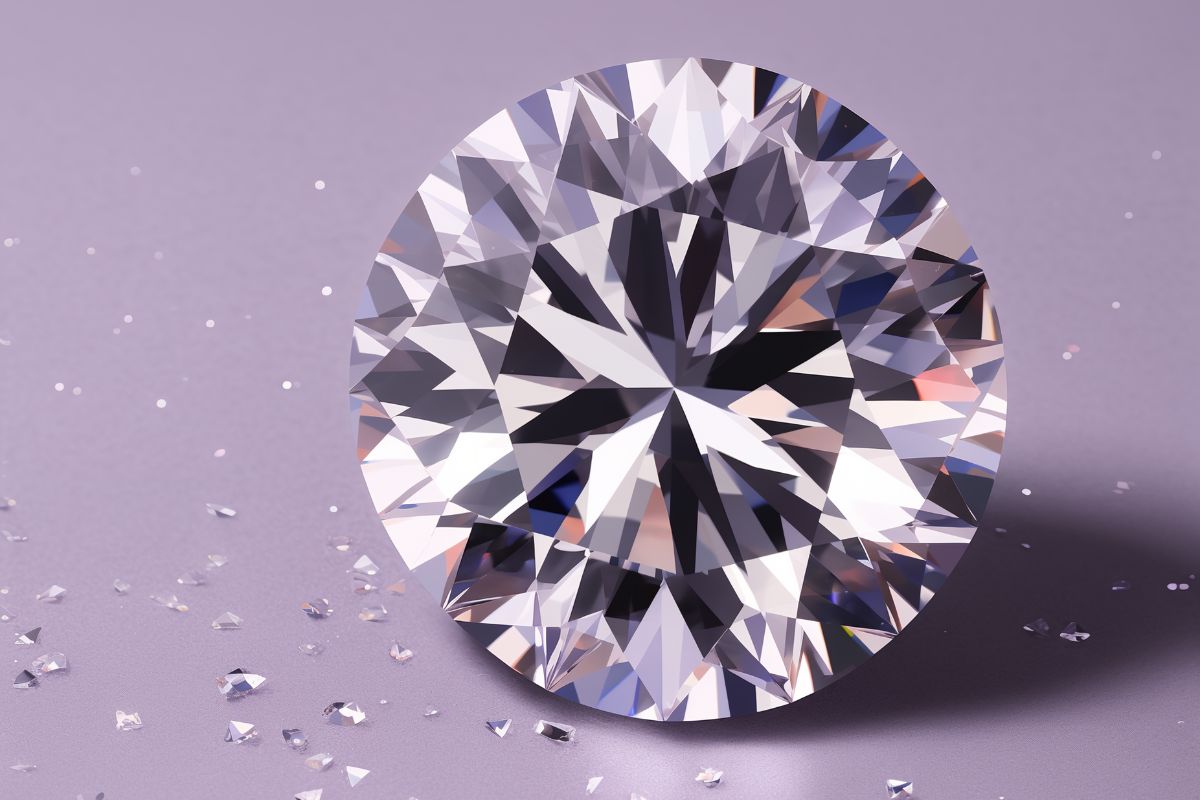
In recent years, I've observed marked improvements in the creation of synthetic diamonds, particularly Type IIa, which exhibit purity and quality on par with—or even surpassing—their mined counterparts.
Creation Methods
Synthetic Type IIa diamonds are primarily created using two methods: High Pressure High Temperature (HPHT) and Chemical Vapor Deposition (CVD).
HPHT imitates the natural geological conditions that form diamonds underground, using presses to exert extreme pressure and heat to transform carbon into diamond. Meanwhile, CVD grows diamond crystal layer by layer from a hydrocarbon gas mixture.
I've noticed that the CVD method has seen significant advancements, involving precise control over the environment to improve the clarity and color of the resulting diamond.
Comparison with Mined Diamonds
When I compare synthetic diamonds to mined ones, I see that synthetic Type IIa diamonds are virtually indistinguishable to the naked eye. They're often identified as 'eye-clean,' meaning they lack visible inclusions.
One standout feature is that synthetic diamonds have reduced nitrogen impurities, which are common in natural stones and can affect their color and clarity. Additionally, advances in the technology for creating large-size synthetic diamonds have enabled their use in a variety of applications, once dominated exclusively by mined diamonds.
Identifying Type 2a Diamonds
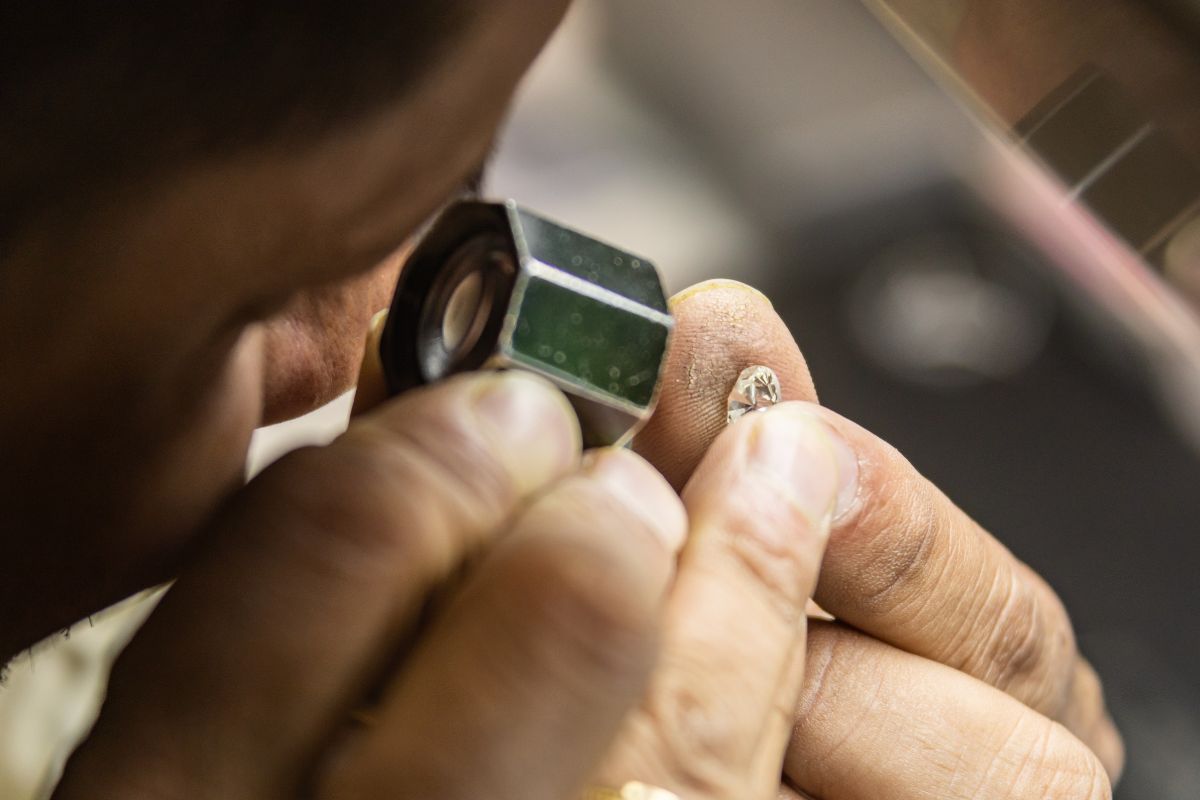
When examining diamonds, Type 2a diamonds represent some of the purest forms of crystalline carbon due to their lack of nitrogen impurities. This characteristic not only makes them rare but also highly valued in the gem industry. Identifying these diamonds requires specific techniques that leverage their unique properties.
Detection Techniques
- Infrared Spectrometry: To determine if a diamond is a Type 2a, I often use an infrared spectrometer. This instrument can detect the absence of nitrogen impurities, which is a hallmark of Type 2a diamonds. The lack of these impurities gives Type 2a diamonds their exceptional transparency and potential for high clarity.
- Grading Reports: I rely on reputable grading reports, often from the Gemological Institute of America (GIA), which meticulously note the diamond's type. The GIA grading report will indicate if a diamond is Type 2a, providing an authoritative reference to its purity and composition.
Historical Significance
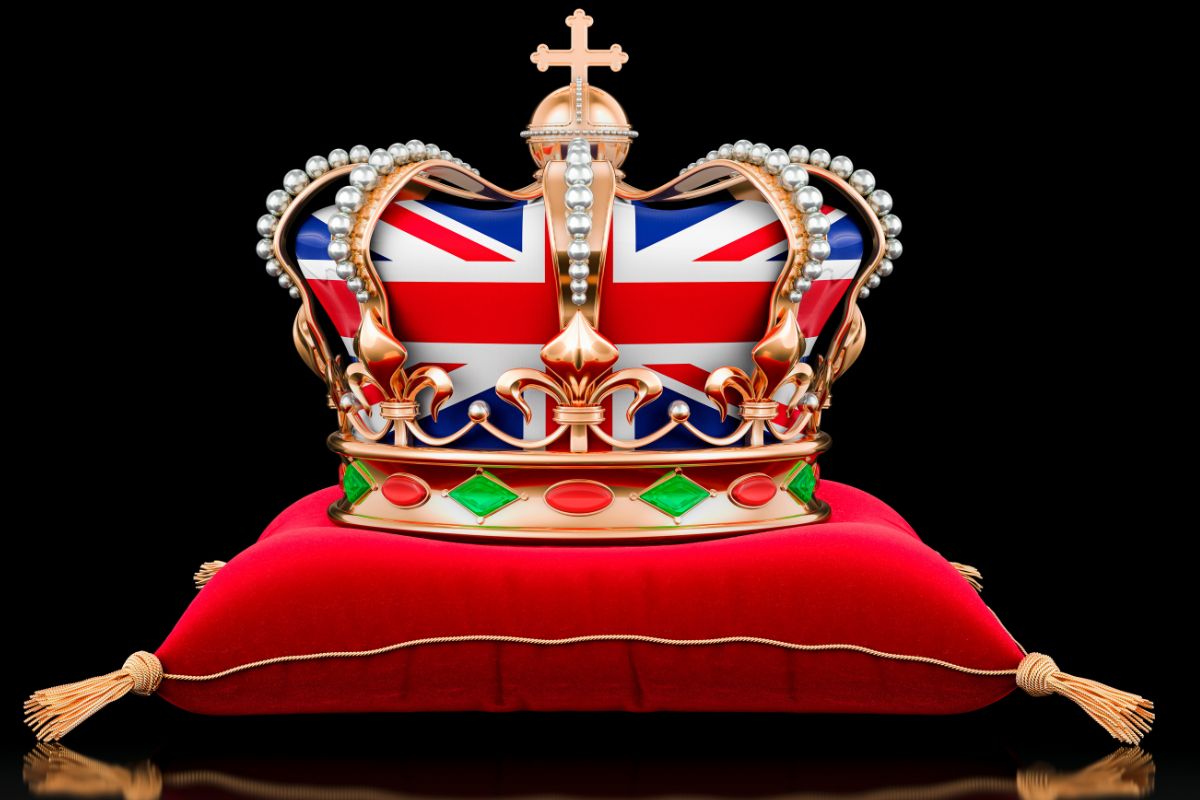
I find that the historical significance of Type 2a diamonds is deeply rooted in their extraordinary purity and the roles they have played in human history. These diamonds, lacking nitrogen impurities, are some of the most chemically pure and often extraordinarily large, leading to their involvement in tales of wealth, power, and fame.
Cultural and Symbolic Impact
Type 2a diamonds, such as the Cullinan and Koh-i-Noor, are not mere sparkly stones; they represent a rich tapestry of human culture and symbolism.
The Cullinan diamond is a part of the British Crown Jewels, symbolizing the grandeur of British royalty. Meanwhile, the Koh-i-Noor, which has graced the crowns of various rulers, stands as a symbol of conquest and intrigue. The Lesedi La Rona, one of the largest rough diamonds ever found, speaks to the incredible natural wealth of our planet and the wonders beneath its surface.
Interestingly, these gemstones have also captured the hearts of the rich and famous. The Pink Legacy, for example, is renowned for its rare pink hue and was eagerly acquired by major jewelry houses, revealing its cultural allure.
Hollywood actress Elizabeth Taylor famously received diamonds as gifts, elevating their status as symbols of glamour and love. The Wittelsbach Blue, with its distinctive color and historical lineage, has been desired and owned by European aristocracy, reflecting its enduring cultural significance.
Each of these gemstones has carried with it a story, intertwined with my own history, encapsulating times of peace and conflict, embodying the shifting tides of economic and political fortunes. They have been gifted, stolen, and fought over, each transaction reinforcing their immutable links to human history.
Care and Maintenance

Ensuring the brilliance and longevity of my Type 2a diamond involves a meticulous approach to its care and maintenance. I am vigilant in preserving its exceptional qualities.
Best Practices for Preservation
- Regular Cleaning: I make it a priority to regularly clean my Type 2a diamond, as it is the best way to maintain its sparkle. I use a solution of warm water and mild dish soap, gently brushing the diamond with a soft-bristled toothbrush. This simple yet effective technique helps to remove any build-up of oils or substances that can dull the diamond's appearance.
- Storage: When not worn, I store my diamond carefully to prevent scratches or other damage. I wrap the diamond in a soft cloth and place it in a fabric-lined jewelry box where each piece is compartmentalized. This keeps my diamond separate from other pieces to avoid any contact that could cause scratches.
- Handling: I always handle my Type 2a diamond by its edges, avoiding touching the gemstone's face. This minimizes the transfer of oils from my fingers onto the diamond, preserving its clarity and reducing the frequency of necessary cleanings.
- Professional Inspections: I schedule annual inspections with a professional jeweler to ensure that my diamond remains in its best condition. They check for any potential issues, such as loose settings or structural weaknesses that could compromise the diamond over time.
- Avoid Chemicals: I am cautious and avoid contact with harsh chemicals, removing my diamond jewelry before using cleaning products or when swimming in chlorinated pools. Chemicals can damage both the diamond and its setting.
Future Prospects
Type 2a diamonds, both natural and synthetic, hold an esteemed place within the diamond industry due to their purity and rarity. As I explore the future prospects, I will focus on the trends that are shaping the industry and the potential for market demand.
Trends in Diamond Industry
- Natural Diamonds: I've observed a consistent demand for natural Type 2a diamonds owing to their rarity and exceptional quality. These diamonds are valued for their lack of nitrogen impurities, making them some of the purest diamonds available. As technology evolves, I anticipate that techniques for identifying and grading these diamonds will become more sophisticated, potentially increasing their value and desirability in the market.
- Synthetic Diamonds: Advancements in the creation of synthetic diamonds continue to progress. While they are distinct from their natural counterparts, synthetic Type 2a diamonds are gaining traction due to their lower environmental impact and cost-effective production. The future prospects of diamond SAW devices highlight the potential for synthetic diamonds to play a significant role in industrial applications beyond jewelry, which could influence the market demand.
- Market Demand: As awareness and education around Type 2a diamonds grow, so does their appeal. I anticipate that the demand for both natural and synthetic Type 2a diamonds will continue to be robust as consumers and industries seek out their unique properties.
Also Read
Frequently Asked Questions
Type 2a diamonds are intriguing due to their purity and exceptional quality. Let's explore some common inquiries about these extraordinary gems.
How is the value of a Type 2a diamond determined?
The value of a Type 2a diamond is assessed based on its clarity, cut, carat weight, and the absence of nitrogen impurities. These factors contribute to its extreme rarity and exceptional transparency.
What distinguishes a Type 2a diamond from other diamond types?
Type 2a diamonds are unique because they contain either no or very little nitrogen atoms in the crystal structure. This sets them apart from other types of diamonds, making them the purest and often colorless.
Where can one find Type 2a diamonds for sale?
Type 2a diamonds can be found at high-end jewelry retailers and specialist diamond dealers. Due to their rarity, they might not be readily available and may require sourcing from auctions or private collectors.
What factors influence the price per carat of a Type 2a diamond?
Key factors that affect the price per carat of a Type 2a diamond include the four Cs—carat, clarity, color, and cut.
Being the purest form, Type 2a diamonds often command a premium price.
Are Type 2a diamonds among the rarest in the world?
Yes, Type 2a diamonds are considered among the rarest in the world, comprising only 1-2% of all natural diamonds. Their scarcity is a significant factor in their high desirability and value.
How does a Type 2a diamond's composition differ from that of a Type 2b?
Type 2a diamonds are chemically pure and lack nitrogen. Meanwhile, Type 2b diamonds contain trace amounts of boron, which imparts a blue hue to the stone. This chemical difference affects the diamond's coloration and electrical conductivity.
Checkout some of our top collections:
Leave a comment
Please note, comments must be approved before they are published.
